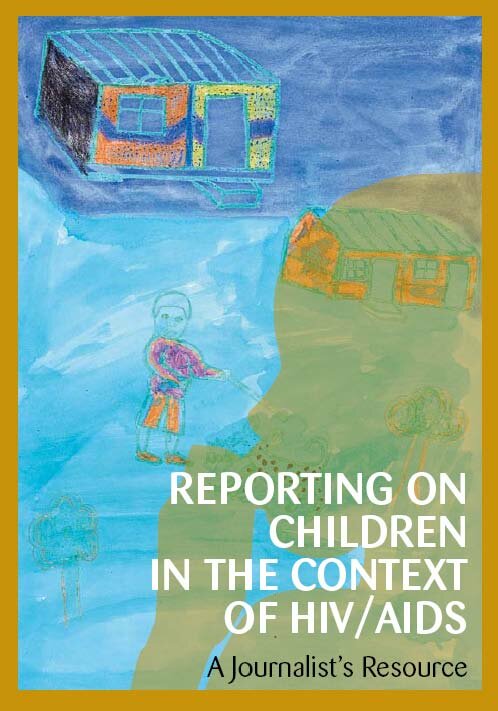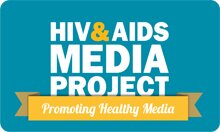Reporting on children

The media shapes public attitudes and actions towards children affected by HIV and AIDS. This makes it important for journalists and editors to be conscious of the perspectives and judgements that are implicit in their reporting. This resource provides reference information to assist journalists in reporting on children in the context of HIV and AIDS.
Part 1. Presents recent research and thinking around the ways in which children are affected by HIV and AIDS, including being orphaned. Part 2. Outlines some of the key issues in responding to children affected by HIV and AIDS, including clinical interventions, (such as prevention of mother-to-child transmission and antiretroviral treatment), and social support for affected communities. Part 3. Presents some misleading messages that the media perpetuates in its coverage. It challenges journalists to contextualise stories and to not compromise children's well being through stereotyping. Part 4. Provides journalists with five guiding principles for reporting on children and HIV, including issues of confidentiality and children's right to participate in matters that concern them. Part 5. Provides a detailed resource list, including organisations that conduct research into children affected by the epidemic, those which can provide up-to-date statistics, and organisations that work directly with children and their families.Part 6. Provides a list of sources used in this resource, and numbered in the text using superscript. It also provides a list of media monitored during the research.






